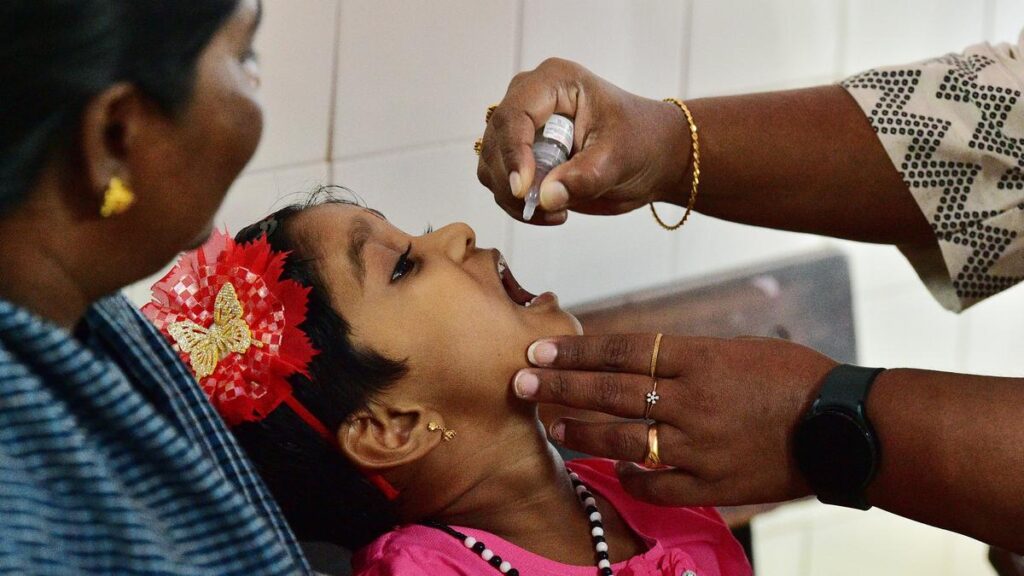
“While health and education inequality have improved, income and gender disparities remain significant,” the HDR report said. File
| Photo Credit: The Hindu
India continues its steady rise on the Human Development Index (HDI), ranking 130 out of 193 countries in the 2025 Human Development Report (HDR) released on Tuesday (May 6, 2025) by the United Nations Development Programme (UNDP).
With its HDI value increasing from 0.676 in 2022 to 0.685 in 2023, India remains in the medium human development category, moving closer to the threshold for high human development (HDI ≥ 0.700). Also, India’s life expectancy is the highest since the inception of the index, indicating a strong recovery from the pandemic and its impact on life expectancy.
The 2025 HDR, titled ‘A Matter of Choice: People and Possibilities in the Age of AI’, highlights the critical role of artificial intelligence in shaping the next chapter of human development, particularly in fast-growing economies, including India.
“India has progressed from 133 in 2022 to 130 in 2023. This advancement reflects sustained improvements in key dimensions of human development, particularly in mean years of schooling and national income per capita. India’s life expectancy reaching its highest level since the inception of the index is a testament to the country’s robust recovery from the pandemic and its investments and commitment to long-term human well-being,” said Angela Lusigi, resident representative, UNDP India.
The report notes that in India, life expectancy rose from 58.6 years in 1990 to 72 years in 2023, the highest recorded since the index began.
It attributes this to the national health programmes followed by successive governments, including the National Rural Health Mission, Ayushman Bharat, Janani Suraksha Yojana, and the Poshan Abhiyaan.
Also, children today are expected to stay in school for 13 years on average, up from 8.2 years in 1990. “Initiatives like the Right to Education Act, Samagra Shiksha Abhiyan, the National Education Policy 2020 have enhanced outcomes. However, quality and learning outcomes remain areas for continued focus,” the report said.
The HDR adds that India’s Gross National Income per capita rose over four times, from $2167.22 (1990) to $9046.76 (2023), and 135 million Indians escaped multidimensional poverty between 2015-16 and 2019-21.
However, challenges persist, with inequality reducing India’s HDI by 30.7%, one of the highest losses in the region, the report said.
“While health and education inequality have improved, income and gender disparities remain significant. Female labour force participation and political representation lag, though recent steps — such as the constitutional amendment reserving one-third of legislative seats for women — offer promise for transformative change,” the HDR said.
The report placed India in a unique position globally as a rising AI powerhouse with the highest self-reported AI skills penetration and growing domestic retention of talent — 20% of Indian AI researchers now remain in the country, up from nearly zero in 2019.
The report underscored a broader global slowdown in human development. The 2025 HDR reveals that the current pace of progress is the slowest since 1990, and India is no exception.
“Had pre-2020 trends continued, the world would be on track to reach very high human development by 2030, aligning with Sustainable Development Goal timelines,” the report said.
The inequality between low and very high HDI countries had increased for the fourth consecutive year, reversing long-standing progress, the report said.
Published – May 06, 2025 08:09 pm IST

